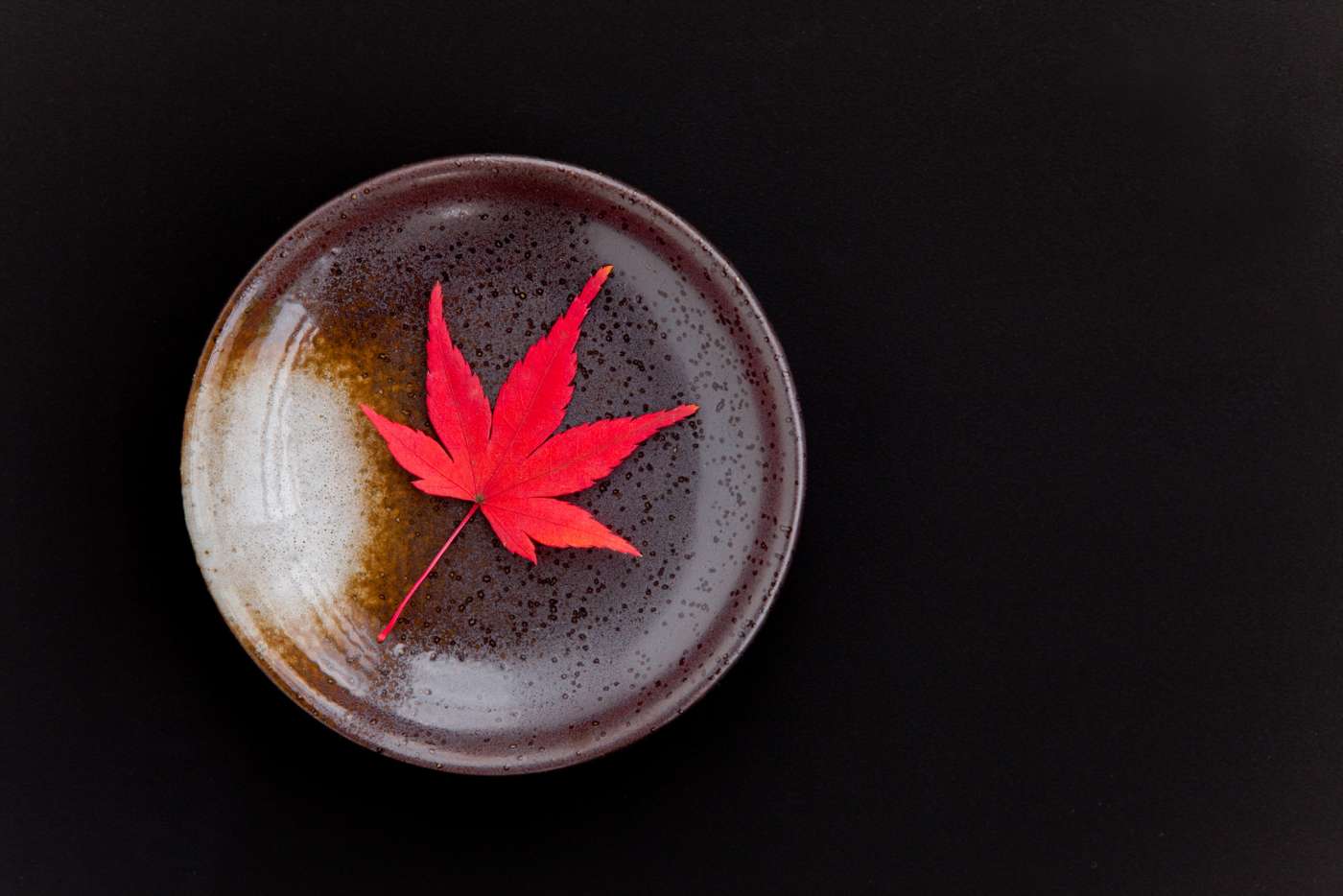
Pottery is one of Japan’s oldest cultural traditions, stretching back to at least the Jomon period (c. 13,000–300 BCE). Today, there are more than 50 towns in Japan famed for their pottery.
An introduction to Japanese pottery
Ceramics are found throughout Japanese culture. Notably, you’ll see ceramics taking center stage at tea ceremonies and kaiseki meals. At a tea ceremony, guests are expected to pick up and appreciate their chawan (tea bowl) after drinking tea. At kaiseki meals, chefs are known to be meticulous in their choice of plating, often selecting one that matches the season or occasion for the dinner. Besides these more formal occasions, an average family is likely to have several styles of dishes to match the size of each dish being served.
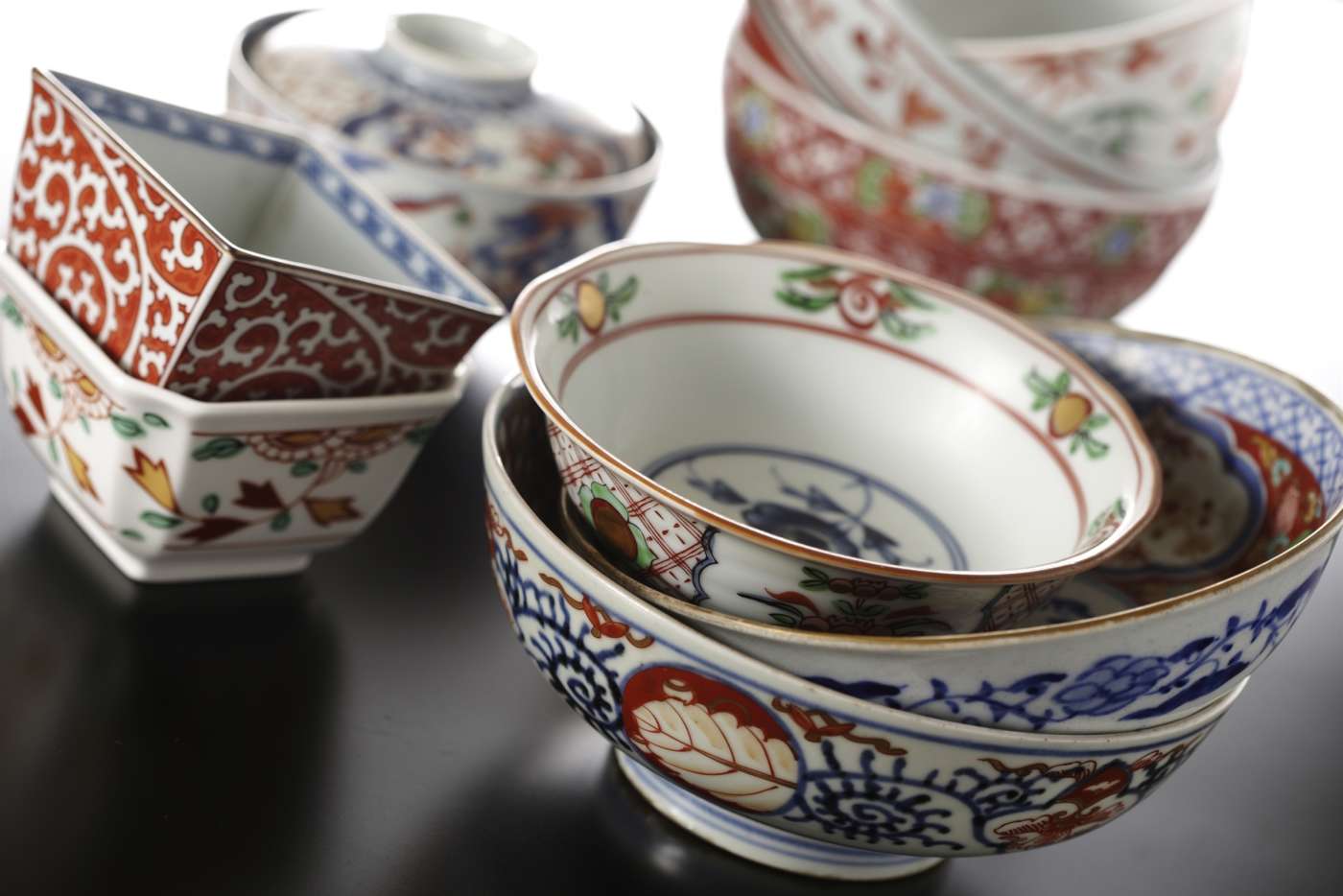
This is just one example of some dishes a family might own.
To the western eye, Japanese ceramics could be considered rough, asymmetrical and imperfect, but these concepts embody the Japanese concept of wabi-sabi – a worldview centered on the acceptance of transience and imperfection.
The six ancient kilns of Japan
In 1948, a renowned ceramics scholar named Fujio Koyama coined the term “The Six Ancient Kilns” to describe the six pottery towns of Shigaraki, Bizen, Tanba, Echizen, Seto and Tokoname. These towns have been producing pottery from medieval times to the present day and were collectively designated Japan Heritage sites in 2017.
Since the 12th and 13th centuries, these towns have been the center of traditional ceramics and grew by producing pots, jars and bowls. While each area has its own unique characteristics, one thing they have in common is the rich soil needed for ceramic production.
If you visit the ancient kilns today, the landscapes are well preserved. You can even see the remains of the kilns – some of which are still being used today. Each region also has its own ceramic-flavored festivals and tourist spots. Tokoname City in particular has numerous pottery-related locations and experiences, making it a must-go city for ceramics enthusiasts.
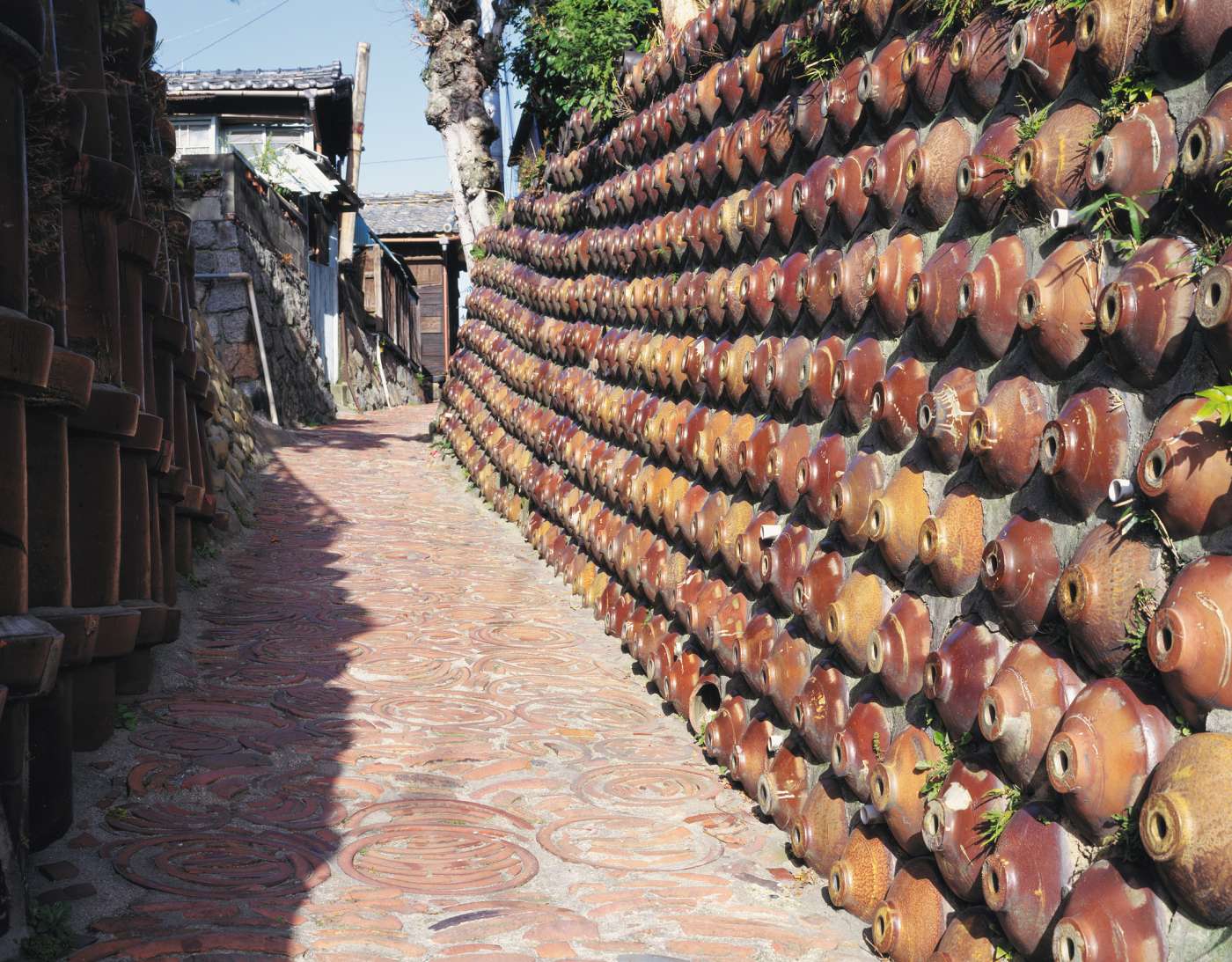
Ceramics that didn’t make the cut are perfect for building walls and home foundations.
Pottery tourism: what to see and where to buy
There are plenty of ceramics specialty shops throughout Japan, but if you’re looking for a specific artisanal piece, a visit to one of Six Ancient Kilns pottery towns is a great place to start. Seto in particular is home to Japan’s biggest pottery market, known as the Setomono Festival. For two days, over 200 merchants line the streets along the Setogawa River and offer visitors a wide selection of local pottery to purchase.
Besides pottery festivals, it’s surprisingly easy to buy Japanese pottery throughout the country! Pottery or porcelain for everyday use can be purchased at almost any department store or large supermarket at an affordable price.
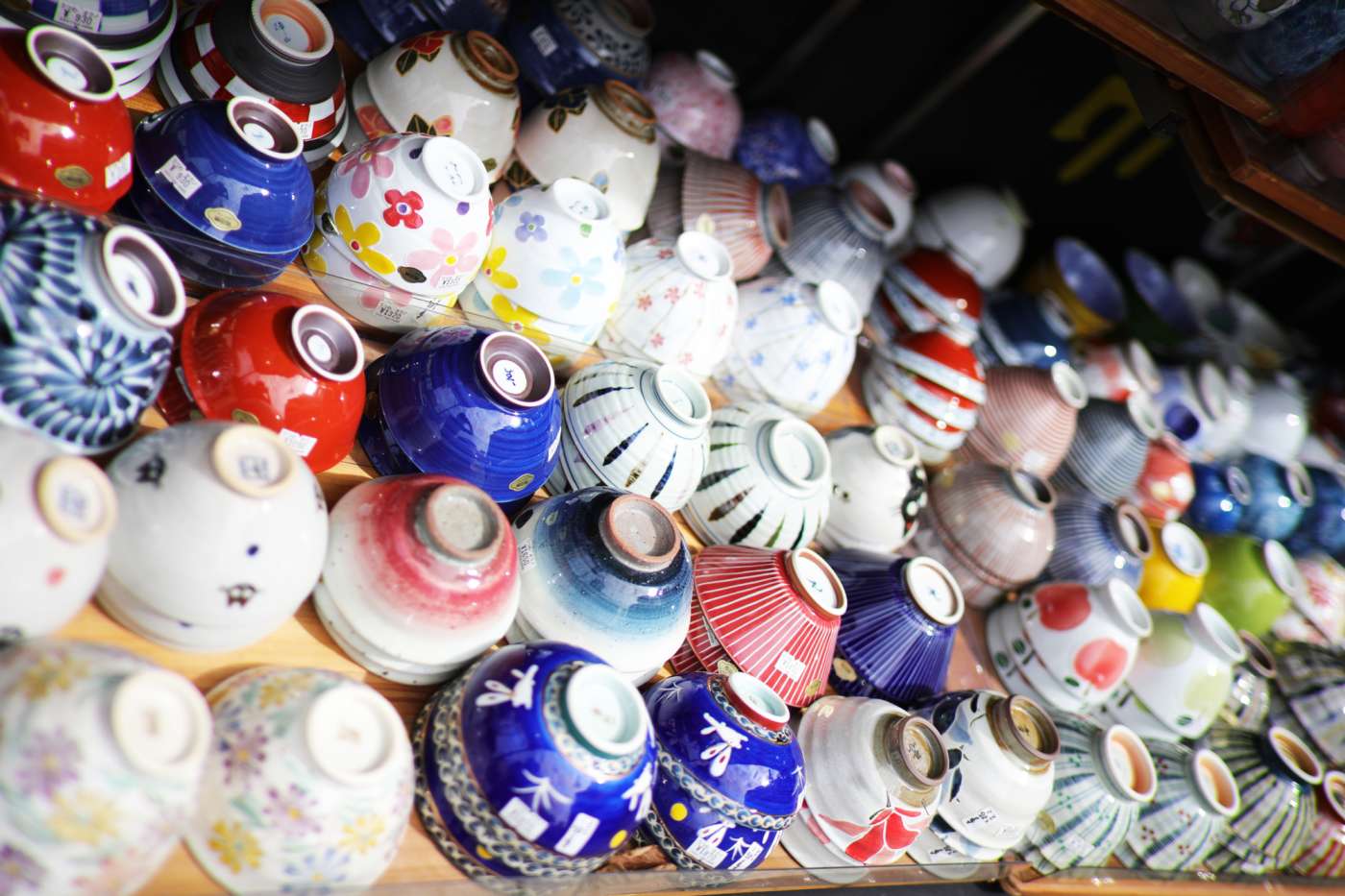
You can find displays of rice bowls and other dishes at local department stores or other home goods stores around town.
Try your hand at making pottery!
If getting your hands dirty is your thing, we recommend heading down to Arita Porcelain Park – a small, pottery theme park – to try your hand at making pottery. The main building is a recreation of the Zwinger palace in Germany and is home to an exhibition of European porcelain and Arita ware. Here, visitors can experience making pottery using either a potter’s wheel or by hand. You can even design and paint your own porcelain creations.
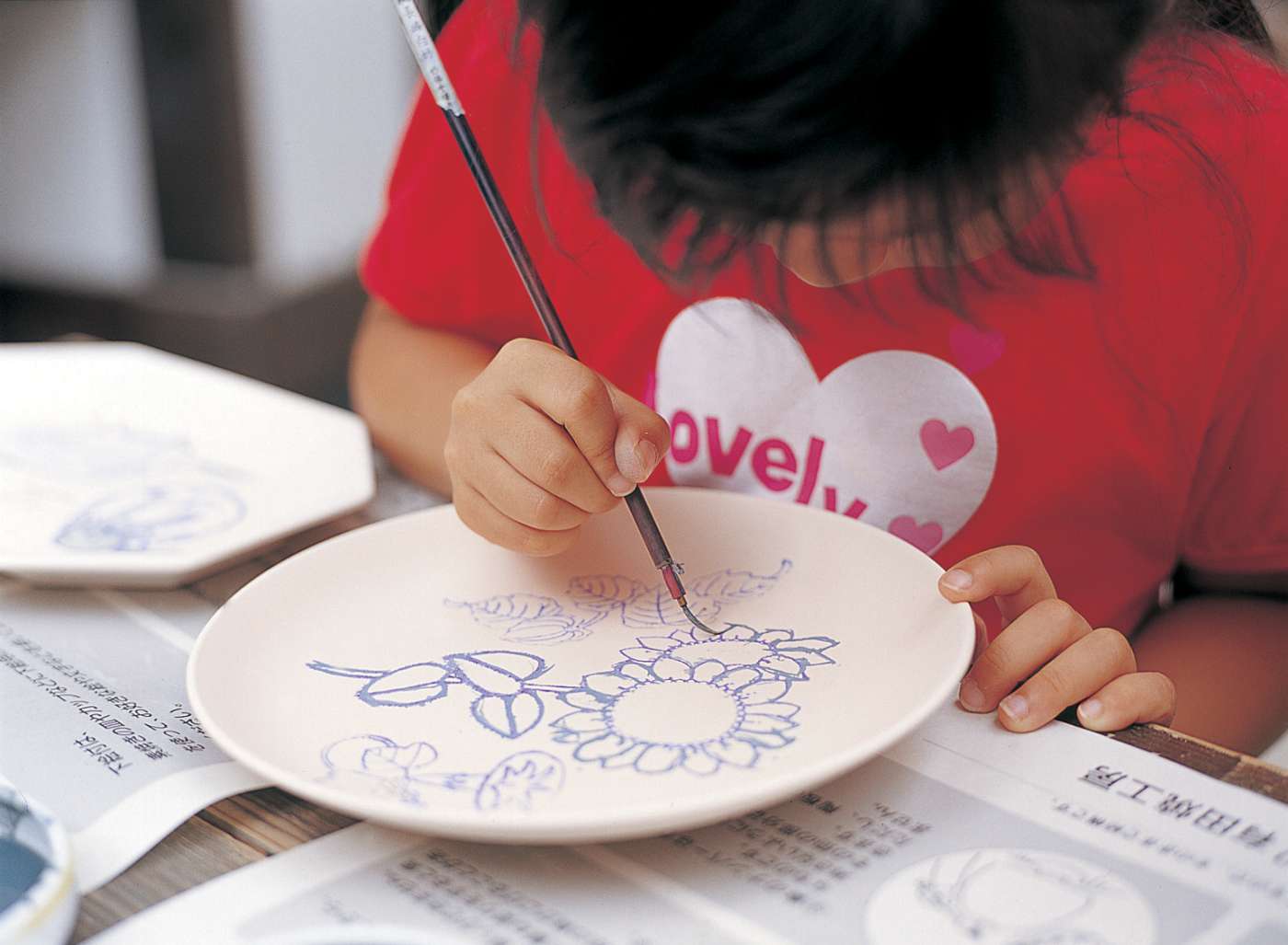
What design would you paint on porcelain?
Photo credit: Arita Porcelain Park
For the pottery-making pros out there who want to try something a little different, we recommend trying your hand at the art of kintsugi. This is the Japanese art of mending broken pottery with lacquer mixed with powdered gold.
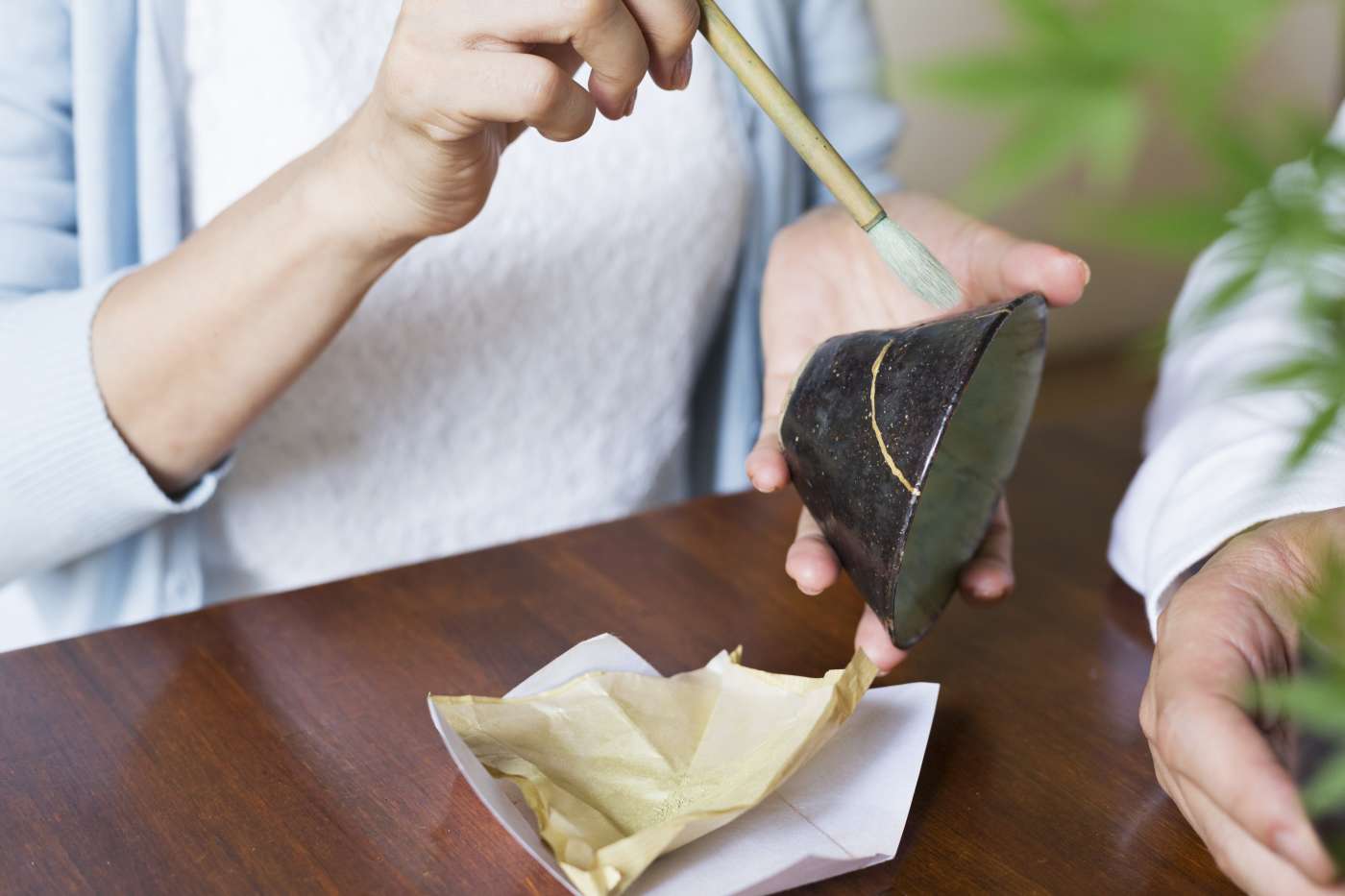
Bring the art of wabi-sabi to life with your own hands.
See what rare finds you can discover at local flea markets
You don’t need to travel across Japan and visit ancient pottery towns to get your hands on some decent ceramics. In Tokyo, for example, Hanazono Shrine in Shinjuku holds antique flea markets where 40 or so vendors offer a variety of items such as antique pots, hand-carved wooden boxes and even old coins. Sometimes you can even find pots that have been repaired using kintsugi, making for a unique souvenir to take home. The antique flea market is held every Sunday from 6AM, weather permitting.
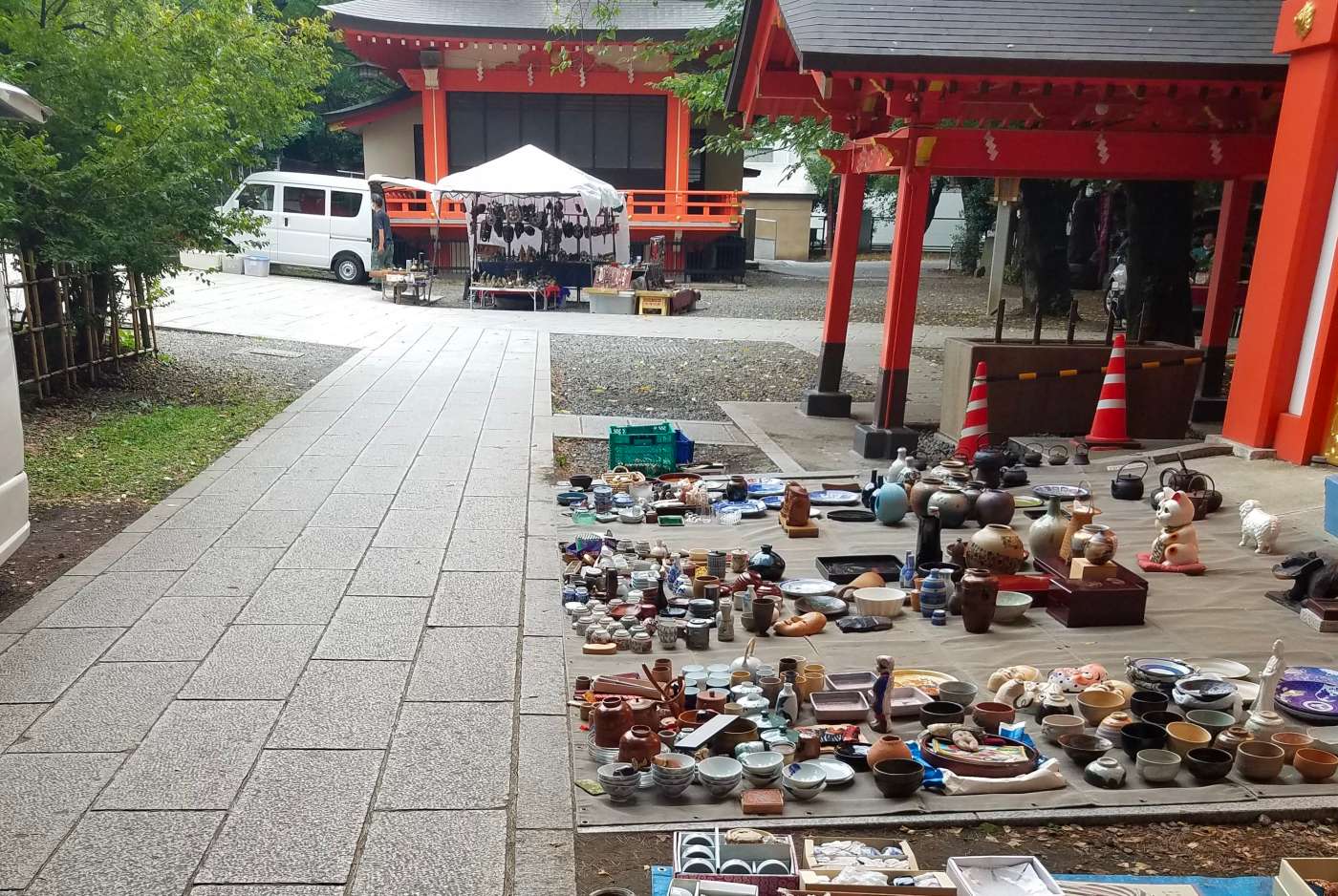
Who knows what kind of rare finds you’ll come across.
Photo credit: Hanazono Shrine
One more outdoor market to visit is the Tokyo Nomi-no-ichi Flea Market. Held annually every fall, a hand-selected list of vendors from across the country gather in Tachikawa bringing with them a large selection of antiques and modern ceramics. In addition to antique pottery, you can find rustic ceramics with antique vibes for a perfect (and affordable!) addition to your kitchen.
Antique flea markets like this aren’t limited just to Tokyo, though. You might find a flea market in the countryside that has great pottery unique to that area!
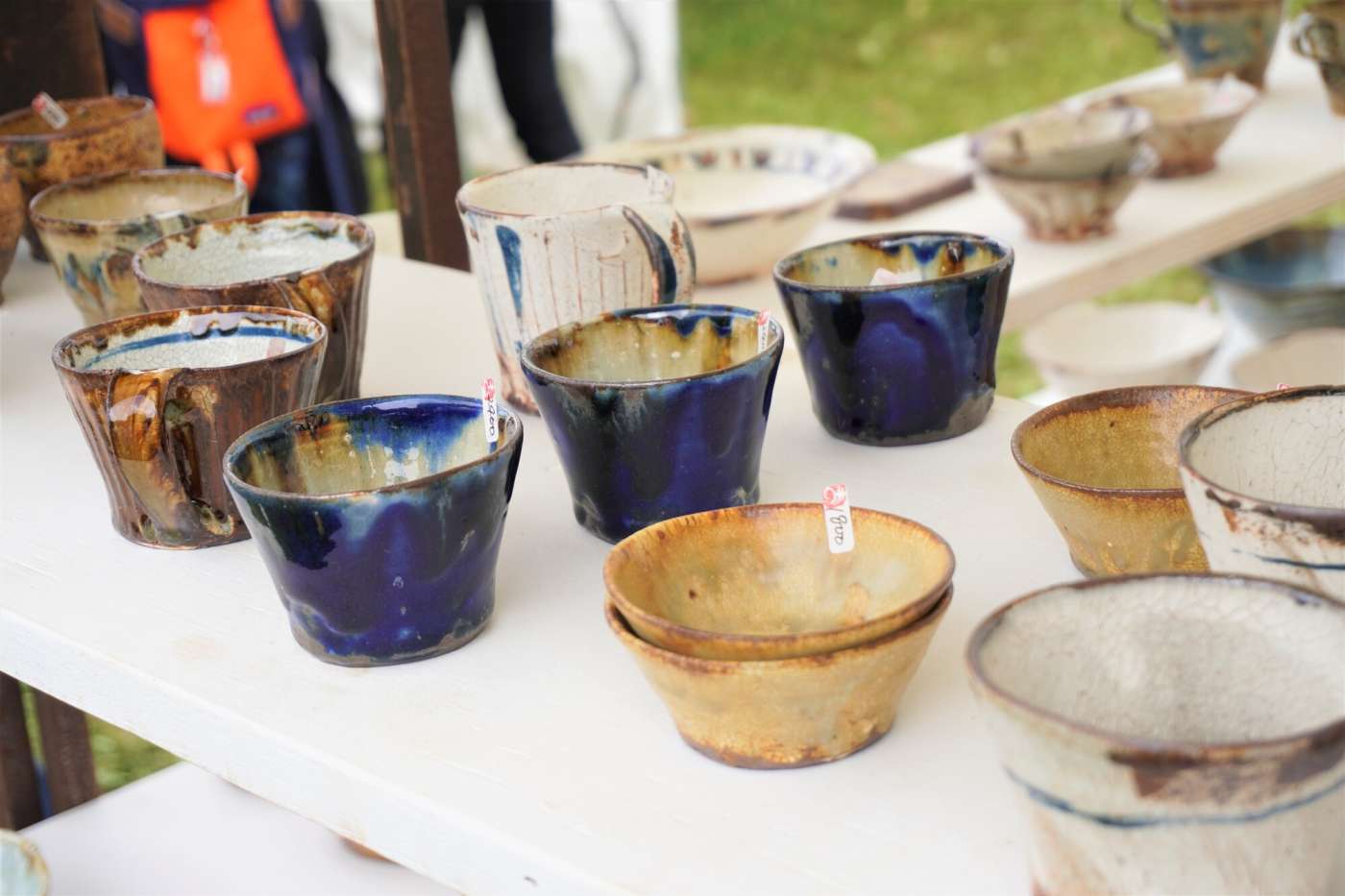
Vendors display various wares for eager buyers.
-
About the author
Author: Melanie Sweeney
Profile: Born and raised in the United States, Melanie moved to Japan in 2014 and has stayed ever since. You can often find her exploring the city, enjoying afternoon tea with friends or investigating the latest cultural event nearby.





























































